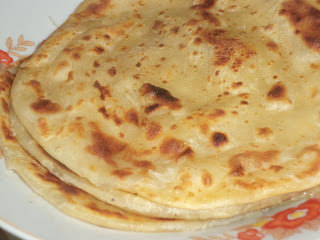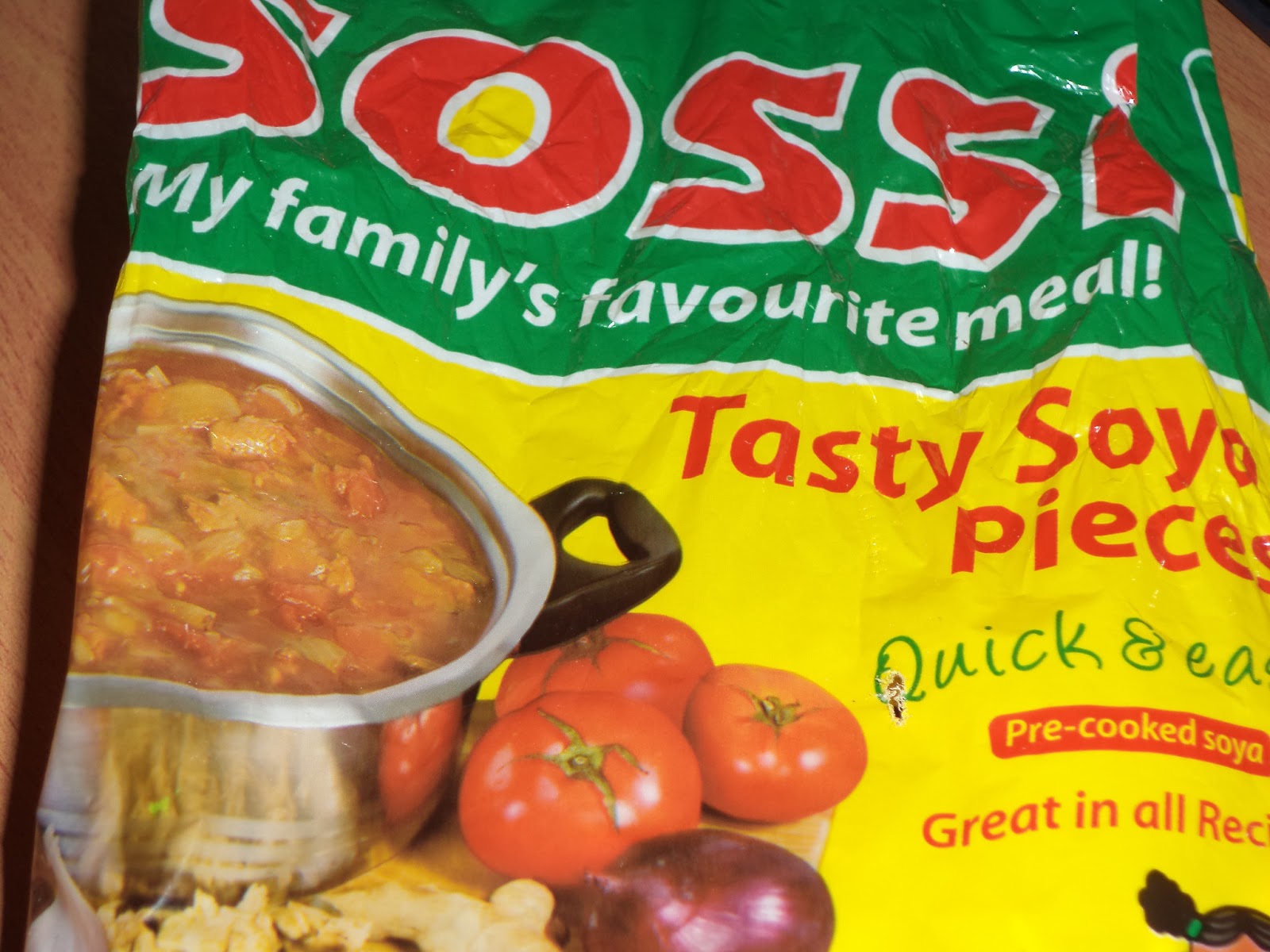There are many benefits of coconuts both financially and nutritionally. They are vastly found growing naturally in coastal areas. The trees are usually tall and slender with no branches making them difficult to climb for inexperienced persons. Notches are made on the trunk so that one uses them to reach the top.
The entire coconut tree is very useful, from the coconut fruits to the trunks and leaves. However, the part most useful for health purposes is the coconut fruit.

Coconut Milk
The fruits are used to extract coconut milk, popularly known as tui in East Africa. The white fleshy part of the coconut can be eaten as it is. It could also be grated and from it coconut milk produced. The milk is very nutritious and has many health benefits. It is widely used in making snacks, confectioneries and other baked foods. It makes them more delicious and gives a yummy taste.
Grated coconut is mixed with some warm water to make coconut milk. It can be stored for longer periods of time in a refrigerator and used when need arises. It is used a lot in cooking rice dishes, stews and cereals among others.
Coconut milk is a good source of minerals, fiber and vitamins. Studies in modern science have shown that coconuts aid in digestion and the absorption of nutrients. They help in healing ulcers, throat infections, urinary truck infections and gum related diseases.
Coconut Oil
Traditionally, grated coconut was left to dry then used to produce coconut oil. This is still practiced in some parts of the world where the grated coconuts are dried by continued exposure to sunlight. It has a distinct smell that differentiates it from other oils and can be used for cooking, beauty and medical purposes.
Coconut oil is believed to possess many healing properties. It has been used for many years to treat skin infections, rashes, bruises, lice and earaches. A small drip is put into the ear to reduce pain. In some parts of the world it is applied to wounds and has been viewed as a very valuable healing agent.
Coconut oil is widely used for beauty purposes. It can be used on its own and applied to the skin or it can be mixed with other beauty products. It softens the skin and helps reduce dryness and flaking. It is believed to protect the skin from ultraviolet rays from the sun. It also helps in making the hair look more beautiful and healthy and prevents dandruff.
In addition, coconut oil is used in cooking and studies have shown that it contains low levels of cholesterol. It is therefore a healthy oil and reduces the risks of heart diseases. It also aids in tissue healing and repair, and protects against kidney diseases.
Coconut Water
Coconut water is different from coconut milk. Coconut water is the colourless fluid found inside the fruit while coconut milk must be made from the while fleshy parts of the fruit. Coconut water or madafu is mostly drank when the coconut has not fully ripened to be grated.
It is a refreshing drink and is rich in potassium and sodium. It also helps in boosting energy levels. It is not alcoholic and can be drank by anyone including children. The top part of the coconut fruit is normally chopped off and a drinking straw inserted. It is very common to see tourists enjoying the drink whenever they visit the coastal regions.
In conclusion, coconuts are highly nutritious and afford many benefits to the body, both inside and out. Fresh coconuts provide more of these benefits than canned ones.














